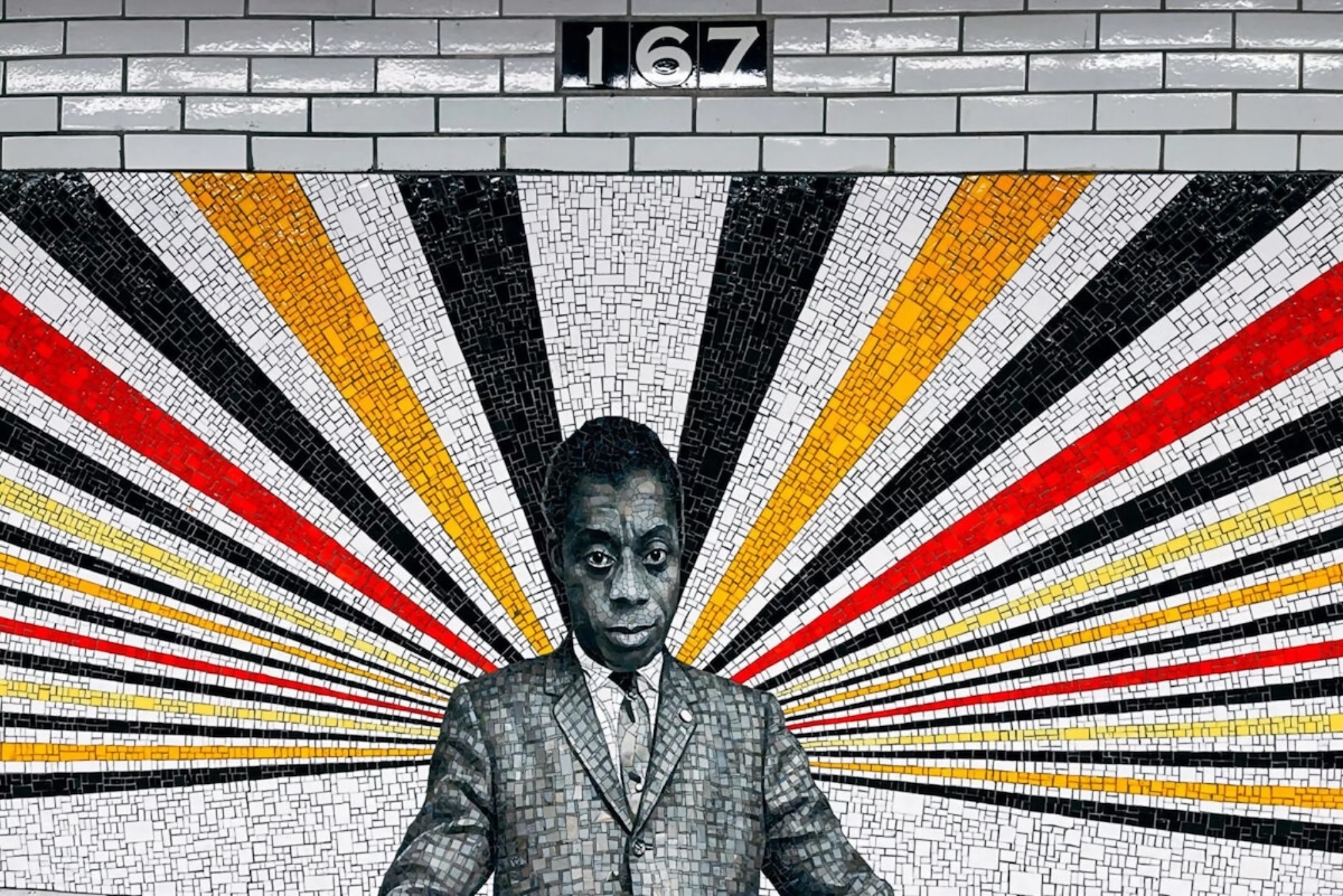While the Stonewall Inn — the site of the uprising that catalyzed the gay rights movement — might be one of the most well-known LGBTQ+ historic sites in New York City, there are hundreds of lesser known, historically significant locations all over the city well-worth exploring, from libraries and parks to bars and nightclubs. In honor of Pride Month, you can embark on a three-mile walking tour of eight sites near TC’s campus thanks to the NYC LGBT Historic Sites Project, an online educational resource created in 2015 that documents 500 LGBTQ+ historic sites across the five boroughs.
1. Riverside Church, 490 Riverside Dr
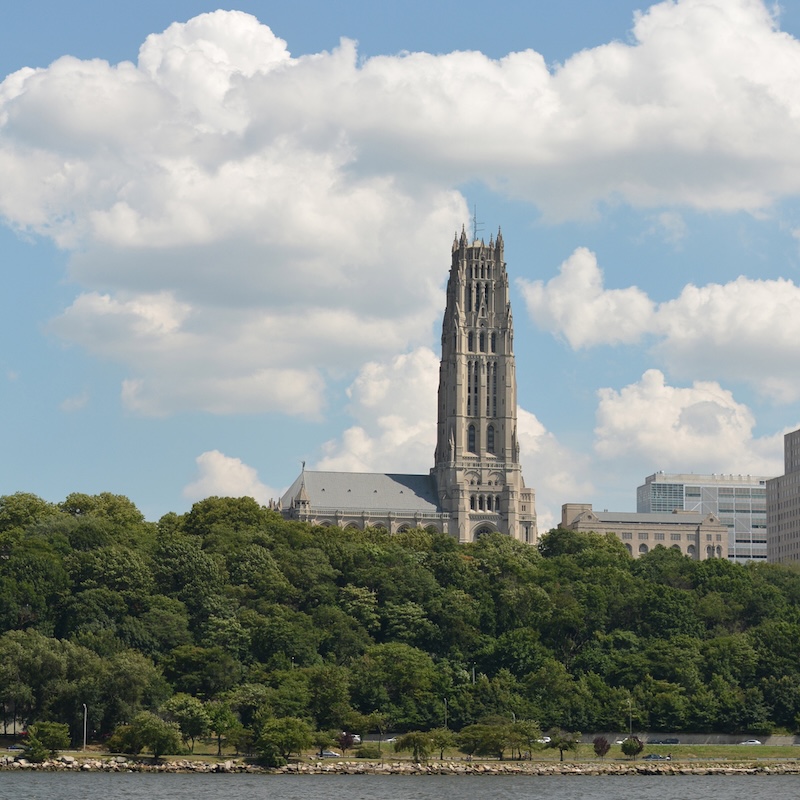
(Photo: iStock)
This inter-denominational church just two blocks from TC’s campus is considered one of the most progressive NYC religious institutions since its establishment in 1930. It’s also home to a LGBTQ+ group, Marantha, that has marched in the NYC Pride Parade since its inception in 1978.
2. The Residence of Antonia Pantoja, 70 LaSalle St
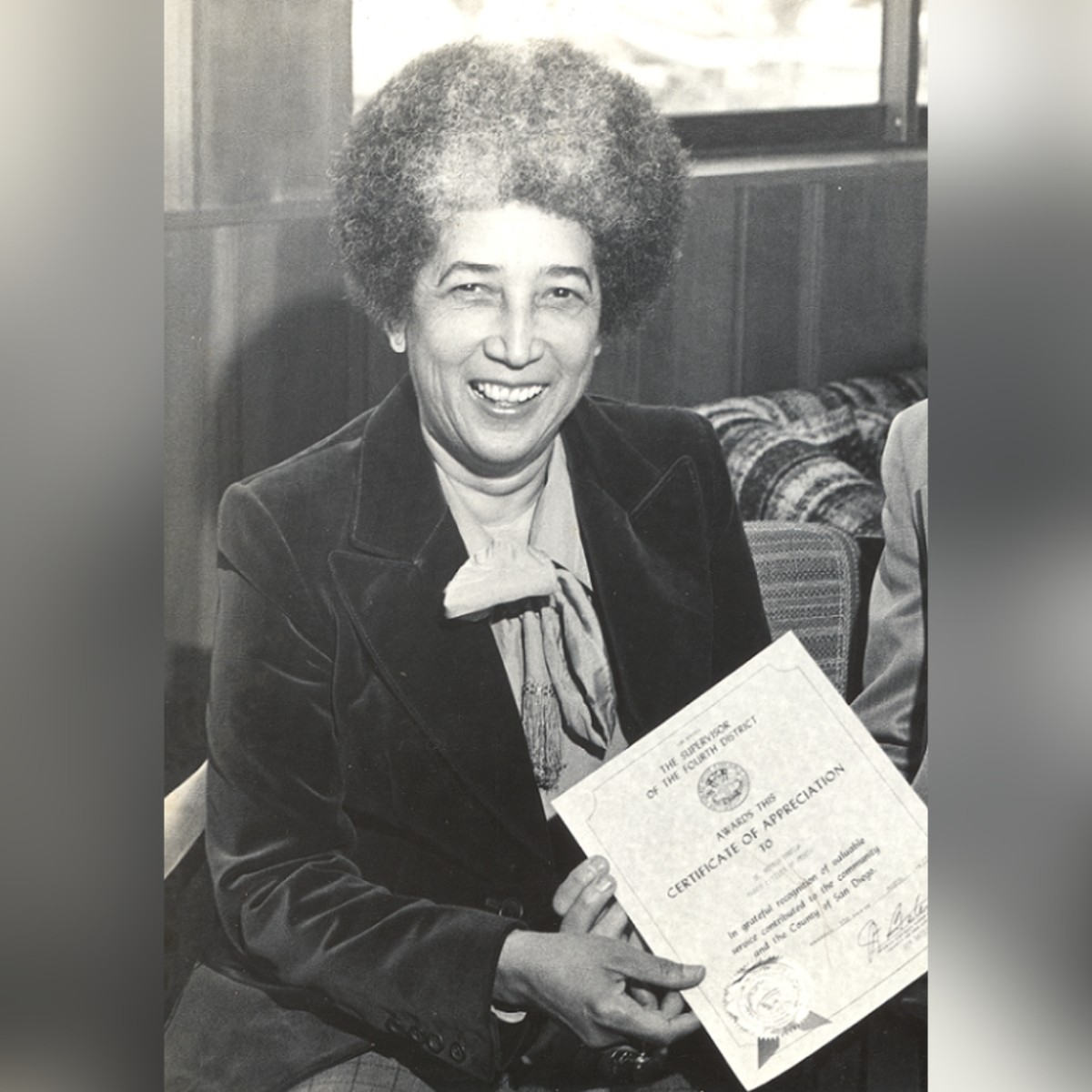
(Photo: Center for Puerto Rican Studies Library & Archives, Hunter College, CUNY)
The unassuming Morningside Gardens co-op complex was the home of Antonia Pantoja — a lesbian Puerto Rican civil rights activist, social worker, educator and CU alumna — for nearly 20 years. Throughout her career, Pantoja was committed to uplifting and meeting the needs of Puerto Ricans by establishing for us, by us institutions like the Hispanic Young Adult Association (HYAA), now called the Puerto Rican Association for Community Affairs (PRACA), in 1953; the National Puerto Rican Forum in 1957; and ASPIRA, an New Jersey-based non-profit organization she founded in 1961 that is dedicated to providing educational and leadership opportunities for Puerto Rican Youth.
A landmark activist, Pantoja’s impact is still felt and her accomplishments were recognized by the government in 1996 when she was awarded the Presidential Medal of Freedom, the highest honor a civilian can receive.
3. The Apollo Theater, 253 West 125th St
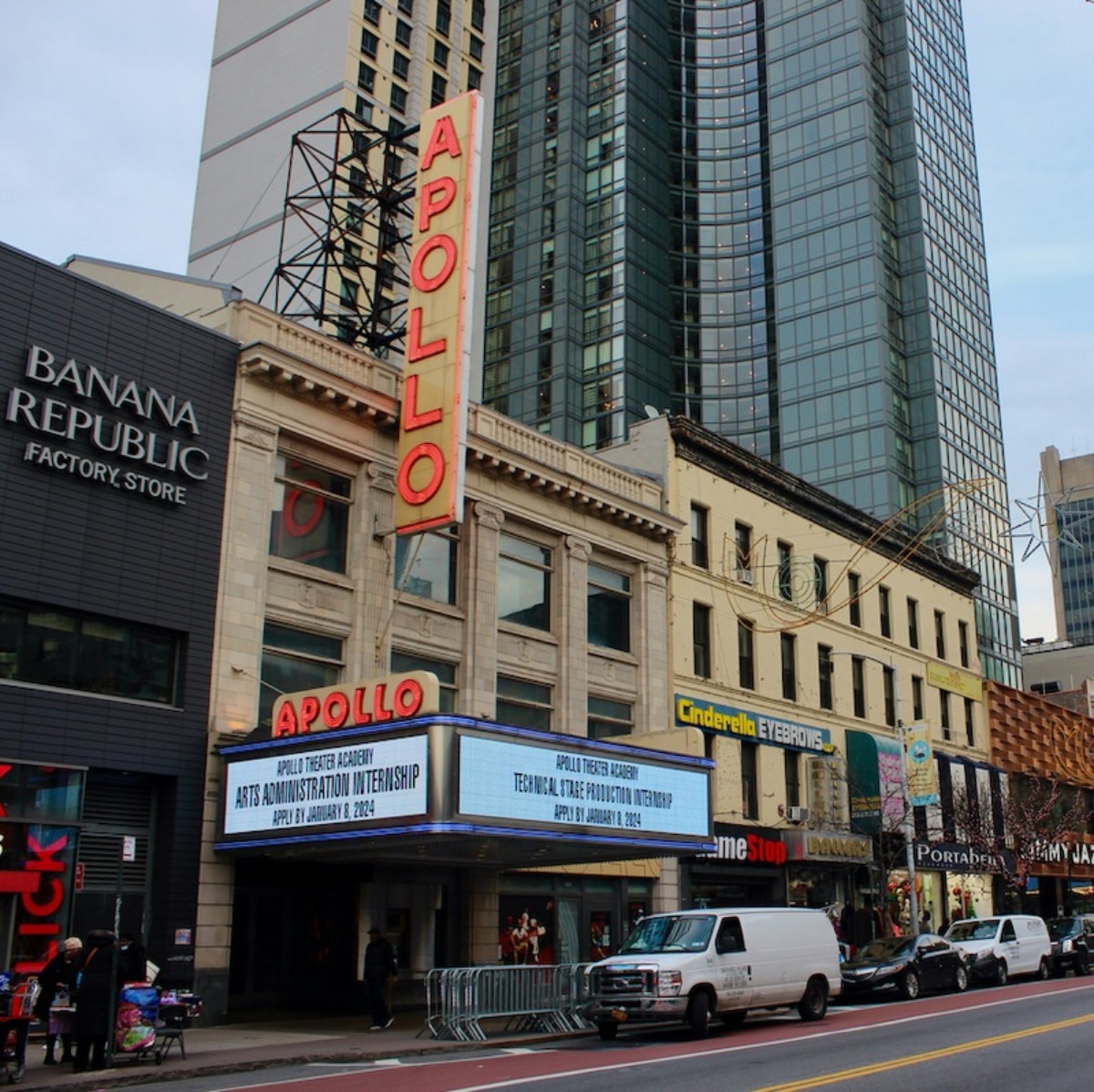
(Photo: Christopher D. Brazee/NYC LGBT Historic Sites Project, 2016)
An icon of Harlem, the Apollo Theater has hosted countless performers over its 111-year long history. As such, many LGBTQ+ artists took the stage including Billie Holiday, Nina Simone, Luther Vandross and Jimmie Daniels. Throughout the 1960s the Apollo housed the Jewel Box Revue, a racially inclusive traveling drag show hosted by Black drag king, Stormé DeLareverie.
4. Drag Balls at Imperial Lodge of Elks, 160-164 West 129th St
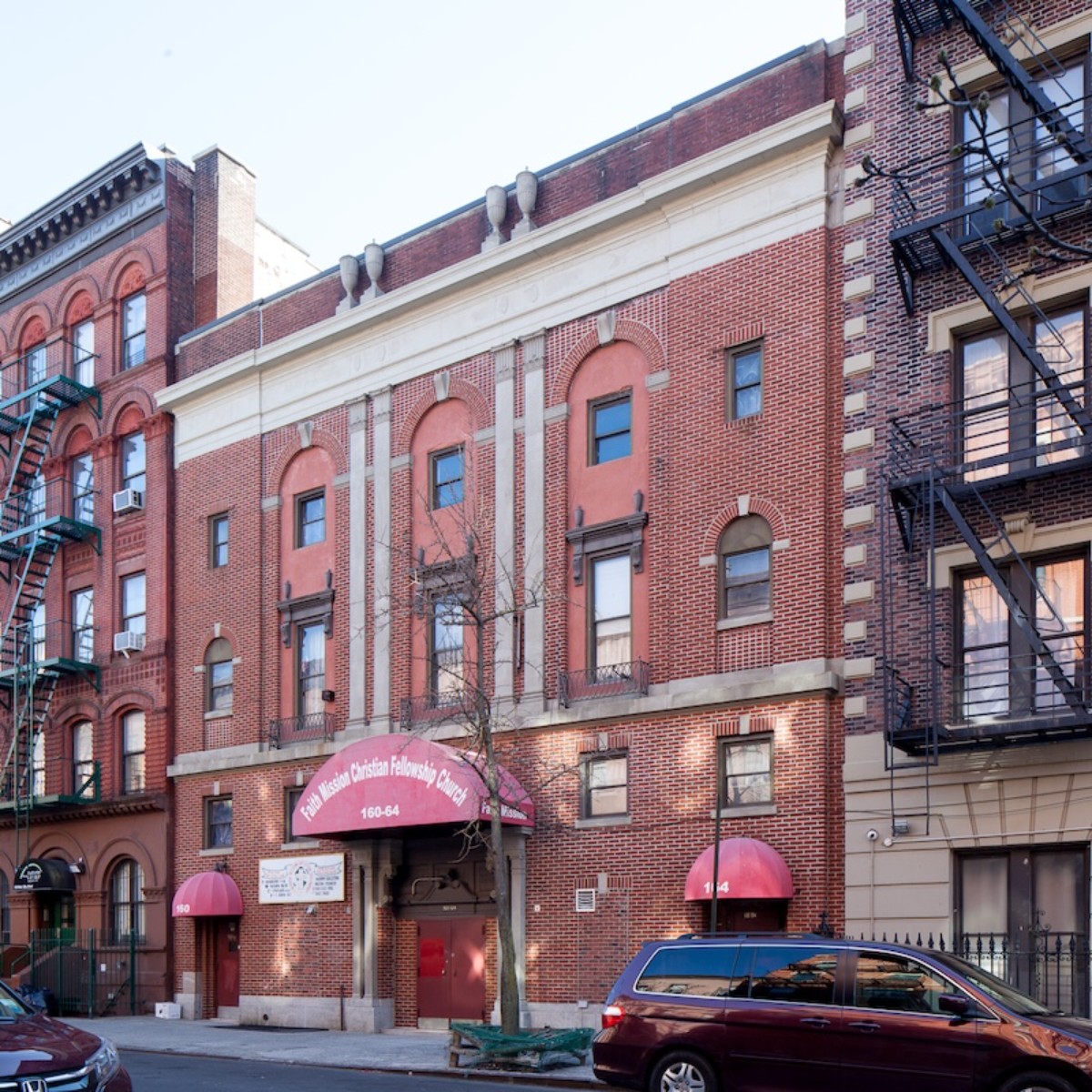
(Photo: Christopher D. Brazee/NYC LGBT Historic Sites Project, 2020)
Drag balls, which were the birthplace of voguing, have existed since the 19th century and were incredibly popular during the Harlem Renaissance, however, many of the buildings that hosted these events are no longer standing. That’s just one reason why the former site of the Imperial Lodge of Elks (also called Elks Lodge) is so significant. Elks Lodge was immortalized in Paris Is Burning, a 1980s documentary of ball culture that was filmed in the building and featured famous crews like House of Ninja and House of Xtravaganza, to name a few.
The building is now home to Faith Mission Christian Fellowship Church and still has the original molding, balcony and stage from Elks Lodge.
5. National Headquarters for the 1963 March on Washington for Jobs and Freedom, 170 West 130th St
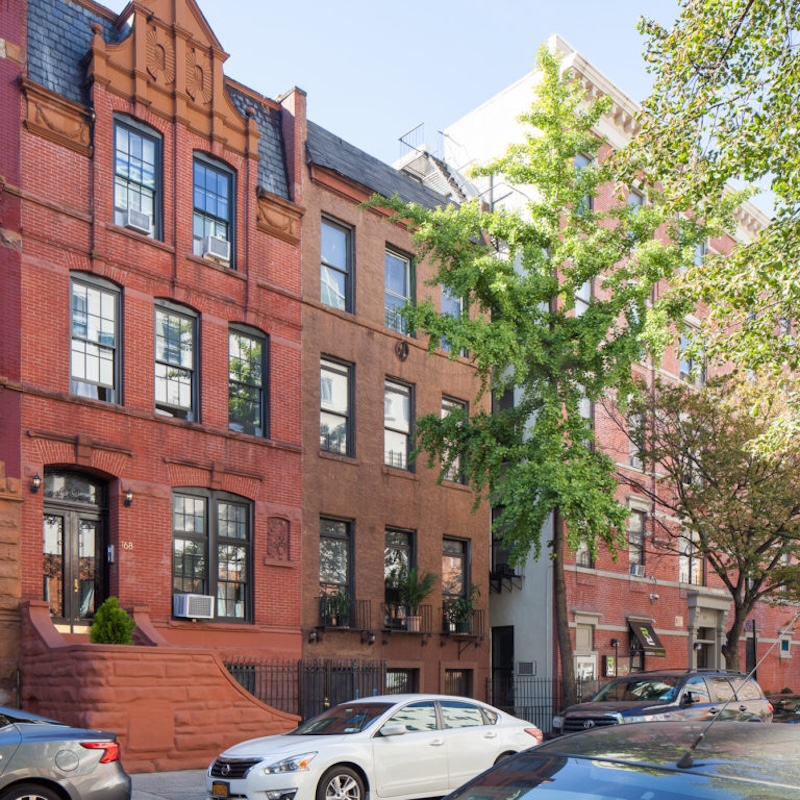
Building at center of photo. (Photo: Christopher D. Brazee/NYC LGBT Historic Sites Project, 2017)
This rowhouse has been a hub for progressive Black organizations since the 1920s but it, most notably, served as the National Headquarters for the March on Washington for Jobs and Freedom in 1963. The landmark march — instrumental in the passing of the Civil Rights Act of 1964 and where Dr. Martin Luther King Jr. gave his “I Have a Dream” speech — was organized in a matter of months by openly gay activist Bayard Rustin working with dozens of others. However, because of his sexuality and political leanings, fellow activist A. Philip Randolph was appointed as Director and Rustin was Deputy Director.
Excluding a new door and new windows, the building looks exactly the same as it did 62 years ago.
6. Schomburg Center for Research in Black Culture, 515 Malcolm X Boulevard
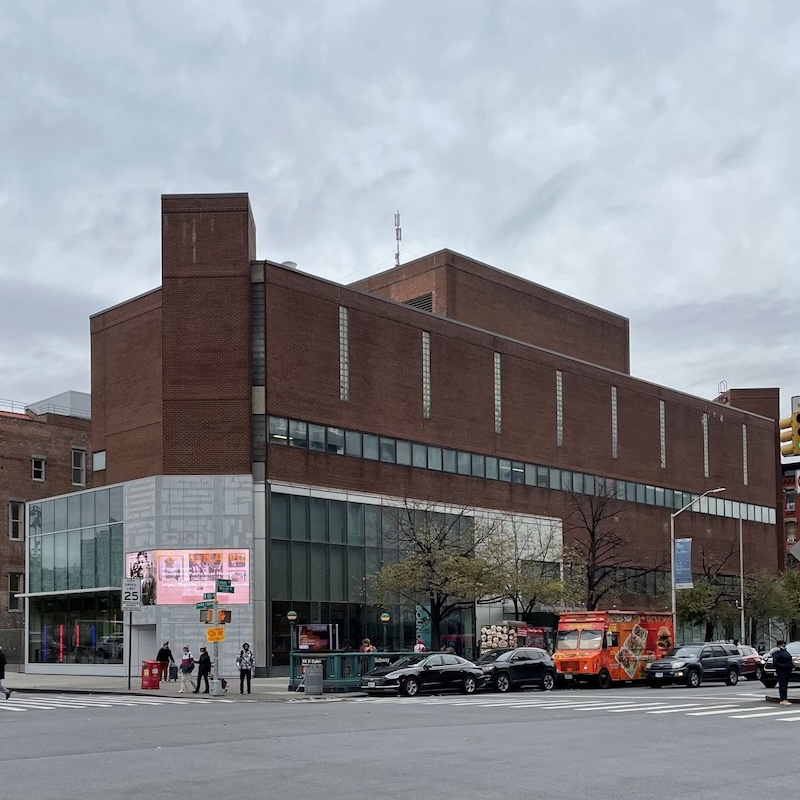
(Photo: Amanda Davis/NYC LGBT Historic Sites Project, 2022)
A rich repository of Black history and culture, the Schomburg Center also houses a major archive of Black LGBTQ+ figures history like legendary choreographer Alvin Ailey, playwright Lorraine Hansbury and writer James Baldwin. The iconic Harlem Renaissance writer Langston Hughes is immortalized in the auditorium named after him and the “Rivers” cosmogram on the lobby floor.
The Center also houses the Countee Cullen and 135th Street NYPL branches, the former of which used to be a townhouse where A'Lelia Walker, heiress of Madame C.J. Walker, hosted lavish, queer-friendly parties during the Harlem Renaissance.
7. Residence of Langston Hughes, 20 East 127th St
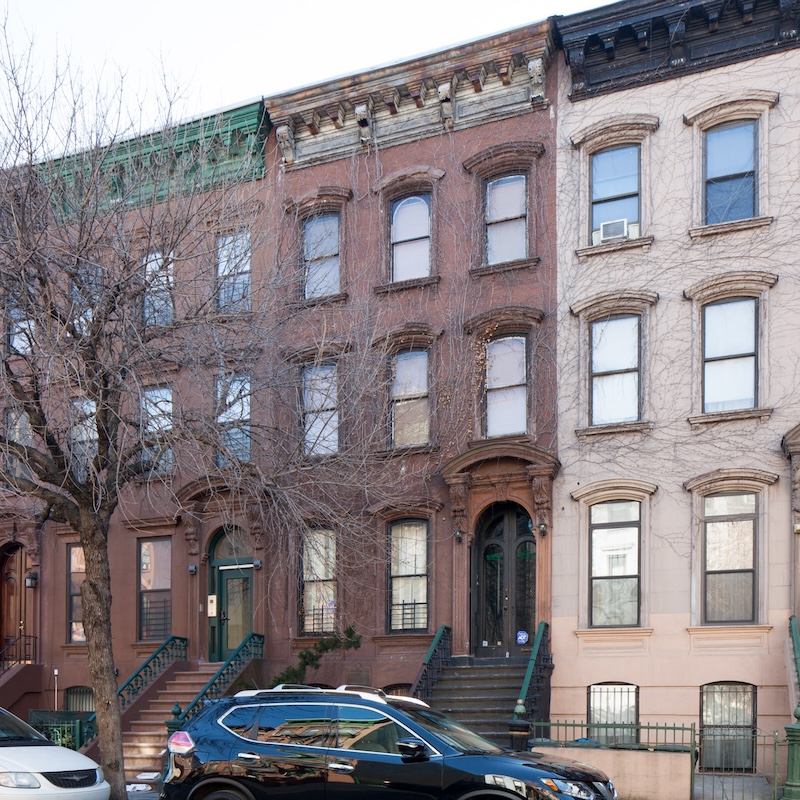
(Photo: Christopher D. Brazee/NYC LGBT Historic Sites Project, 2016)
It was in this Harlem home that Langston Hughes, a seminal figure of the Harlem Renaissance, wrote dozens of books and poems including Montage of a Dream Deferred and his second autobiography, I Wonder as I Wander. Born in a small town in Missouri, Hughes moved to NYC in 1920 to study at Columbia University and he quickly fell in love with Harlem, a love that is apparent in many of his writings. He lived and worked on the top floor of this house for the last 20 years of his life, from 1947-1967. In recognition of his significant influence, the building is a New York City Landmark and on the National Register of Historic Places.
8. Site of Mt. Morris Baths, 1944 Madison Ave
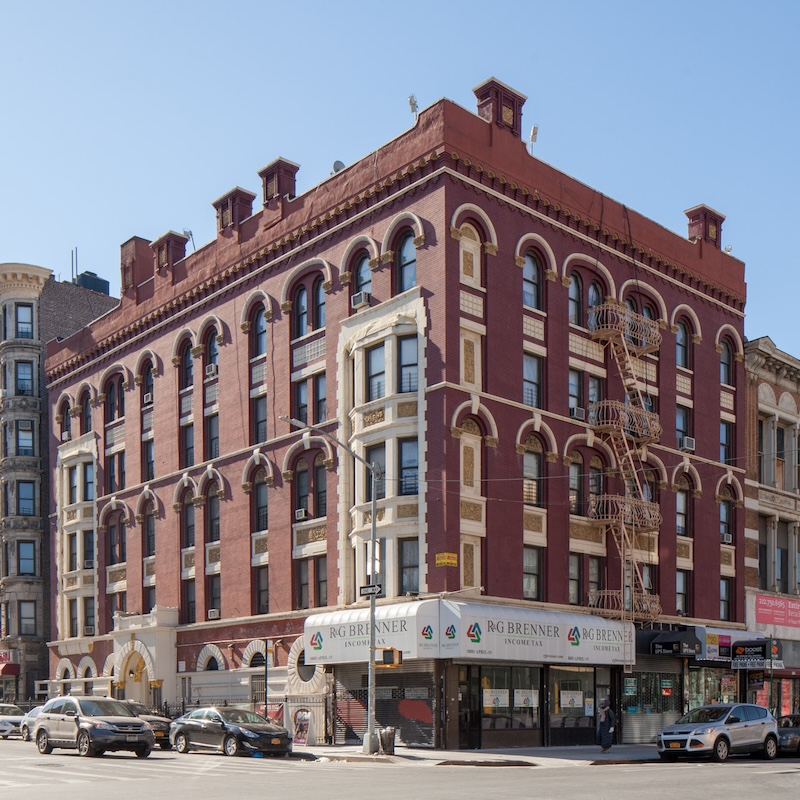
(Photo: Christopher D. Brazee/NYC LGBT Historic Sites Project, 2016)
This basement storefront underneath the Lohengrin apartments was the location of Mt. Morris Baths, a bathhouse that operated for more than 100 years before closing in 2003. Originally called Mayers Baths and renamed Mt. Morris Baths in 1915, the bathhouse clientele were mainly Jewish until the Harlem Renaissance when the clientele became majority Black and gay men. Mt. Morris was one of the longest operating bathhouses in the City and, importantly, was the only bathhouse that welcomed Black men until the 1960s.
See you at Pride 2025!
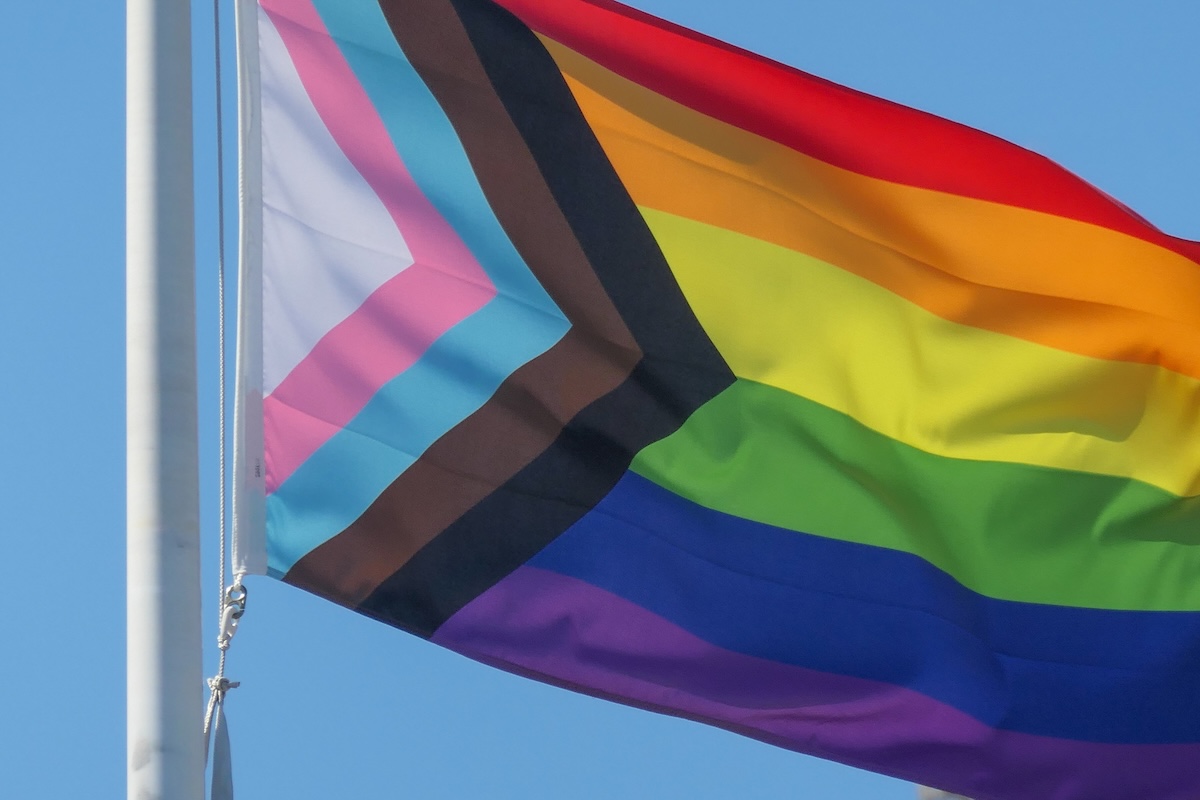
Save the date - Join TC at the NYC Pride March on June 29th. Register here.
